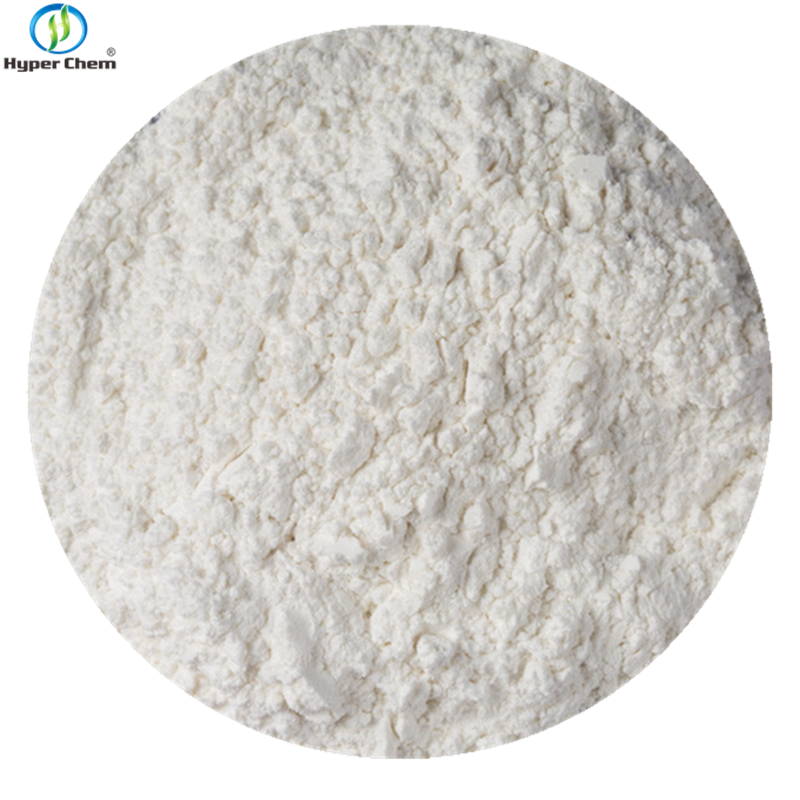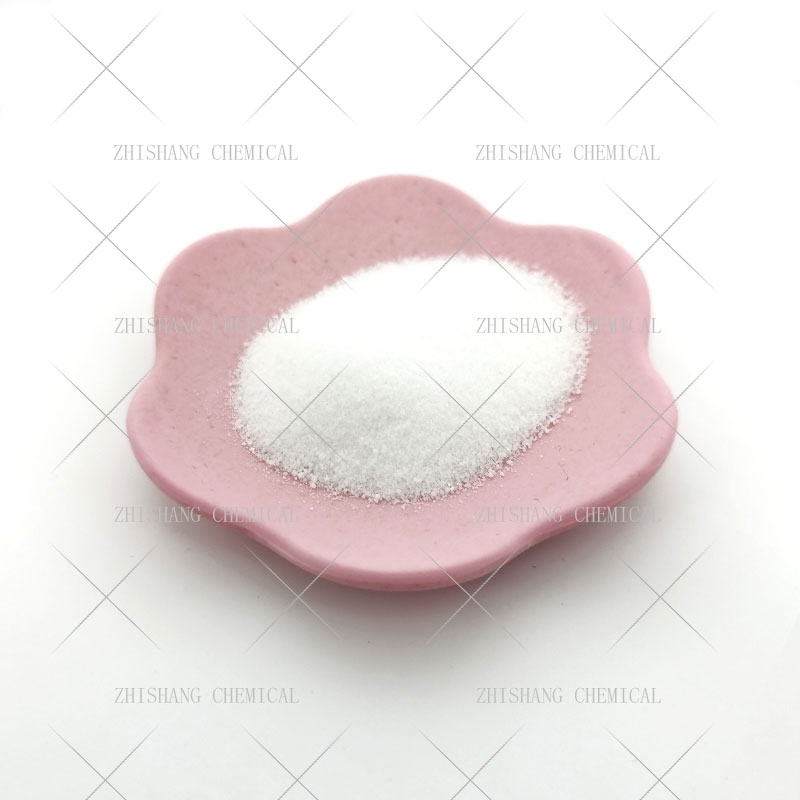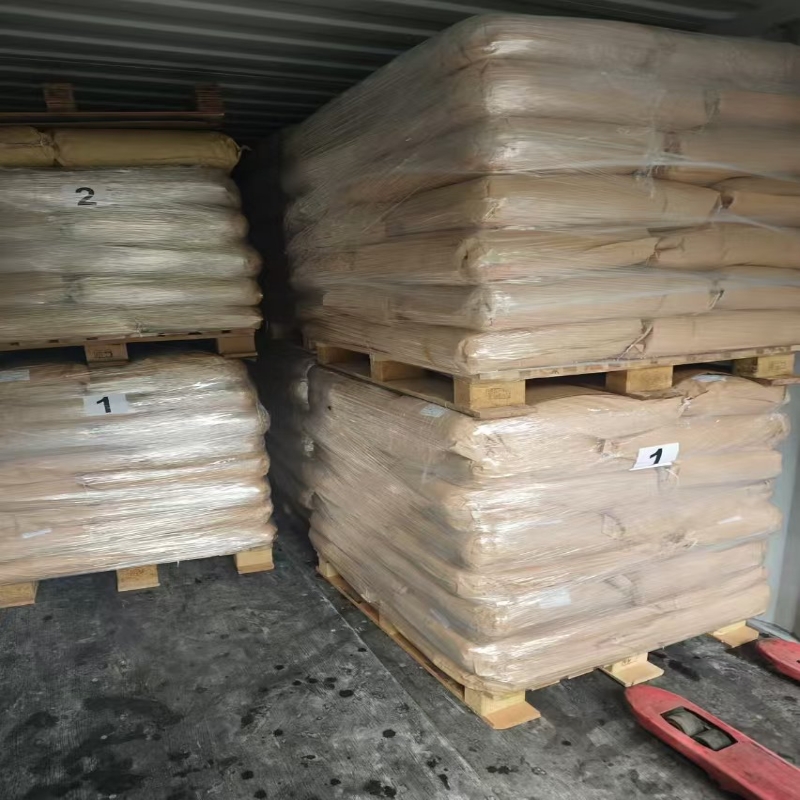-
Categories
-
Pharmaceutical Intermediates
-
Active Pharmaceutical Ingredients
-
Food Additives
- Industrial Coatings
- Agrochemicals
- Dyes and Pigments
- Surfactant
- Flavors and Fragrances
- Chemical Reagents
- Catalyst and Auxiliary
- Natural Products
- Inorganic Chemistry
-
Organic Chemistry
-
Biochemical Engineering
- Analytical Chemistry
-
Cosmetic Ingredient
- Water Treatment Chemical
-
Pharmaceutical Intermediates
Promotion
ECHEMI Mall
Wholesale
Weekly Price
Exhibition
News
-
Trade Service
Guide
Interstitial cystitis (IC) is a chronic inflammatory disease of the bladder characterized by chronic pelvic pain, urgency, frequency, routine urine examination and negative bacterial culture, which has a significant impact
on the patient's quality of life and psychopsy.
Experts from the Urology Professional Committee of the Chinese Association of Integrative Medicine and the Urology Group of Hubei Province Integrated Traditional Chinese and Western Medicine jointly authored the Expert Consensus on the Diagnosis and Treatment of Interstitial Cystitis by Integrated Traditional Chinese and Western Medicine to standardize the diagnosis and treatment process and scheme
of IC.
The main points of Yimaitong are compiled as follows
.
The International Urinary Control Association proposed a definition of bladder pain syndrome (BPS) in 2002 and a combination of PBS and IC in 2004 to define this syndrome
in terms of BPS/IC.
95% of ICs occur in middle-aged women around the age of 40, and it is extremely rare in women under 18 years of age or over 80 years
old.
The male-to-female ratio is 1:9
.
The incidence of Asian women is much lower than that in
Europe and the United States.
The higher incidence of IC in women in Europe and the United States may be related to
the use of exogenous estrogens or contraceptives.
The main manifestations of IC patients are three: 1.
Pain in the bladder, pain in the bladder area is the main clinical feature of patients with IC; 2.
Abnormal urination, IC patients with urinary urgency, urinary frequency, nocturia, hematuria and other symptoms increase the number of attacks, routine examination and bacterial culture are negative; 3.
Mental and psychological abnormalities, according to statistics, 68% of IC patients can not carry out daily life, there are fatigue, depression, lack of concentration, panic and other problems
.
Initial treatment includes psychosocial support, treatment of comorbidities, and diet, behavioral control, and physiotherapy
.
Psychopsychological support
It is necessary to carry out scientific education and mental and psychological support for patients to enhance their confidence
in overcoming diseases.
Evidence level: high, recommended strength: strong
Treatment of comorbidities
A detailed history is recommended to see if pain is accompanied by frequency, urgency, or increased nocturia; Differential diagnostic measures such as urine bacterial culture, urine cytology, potassium solution sensitivity test (PST), cystoscopy, and bladder tissue biopsy are used to exclude other disorders such as stones and tumors, and to be treated
accordingly.
Evidence level: high, recommended strength: strong
.
Diet, behavior control, and physical therapy
The dietary management of IC patients includes: 1.
Avoid tofu, onions, apples, tomatoes, almonds, gourds, bananas, citrus, grapes, cranberries, peaches, strawberries and other fruits and juices; You can eat other vegetables and home-grown vegetables, cantaloupe, watermelon, cantaloupe, pear; 2.
Avoid canned food, smoked, pickled, special preparation of caviar, chicken liver, marinated beef, etc.
; Can eat fresh fish, meat and poultry; 3.
Avoid drinking beer, alcoholic beverages, carbohydrate drinks, cranberry juice; You can drink mineral water, acid-free tea; 4.
Avoid rye bread, yeast bread, heavy food, curry; 5.
Behavioral therapy includes bladder training, cognitive behavioral therapy, etc.
; 6.
Acupuncture therapy and micro-energy therapy
are recommended.
Evidence level: high, recommended strength: strong
.
Western medicine treatment
Recommended medications
1.
Amitriptyline
The optimal dosage is 50 mg
per day.
Doses greater than 100 mg increase the relative risk
of sudden death.
Patients with long QT syndrome, unstable angina, congestive heart failure, frequent ventricular premature beats, or persistent ventricular arrhythmias after recent myocardial infarction (within 6 months) should be used
with caution.
Evidence level: medium, recommended strength: medium
.
2.
Antihistamines
1) Hydroxyzine is a histamine H1 receptor antagonist and also has anticholinergic properties
.
Patients take hydroxyzine orally 25 mg every night at bedtime, which can be increased to a tolerated dose of 50 mg
.
The most common adverse effects were sedation and fatigue; 2) Cimetidine is an H2 receptor antagonist, 2 times a day, 400mg / time
.
Patients receiving this treatment have significantly improved suprapubic pain and nocturia, and the mechanism of action is similar
to that of hydroxyzine.
Certainty of evidence: low, strength recommended: weak
.
3.
Sodium pentosan polysulfate
Repair loss and defect
of the GAG layer in interstitial cystitis.
The oral therapeutic dose is 300~600mg
.
Adverse effects are mild and occasionally nausea or diarrhea
.
Evidence level: medium, recommended strength: medium
.
Optional drugs
Options recommended by experts include quercetin (evidence level: medium, recommended strength: medium), sildenafil (evidence level: low, recommended strength: weak), messulfast (evidence level: low, recommended strength: weak), montelukast (evidence level: low, recommended strength: weak), and antibiotics (evidence level: low, recommended strength: weak).
1.
Qi stasis and blood stasis
Symptoms: pain and discomfort in the suprapubic bladder area and perineum, which is obvious when the bladder is
full.
It is often accompanied by irritability, frequent urination, and swelling and pain
in the flanks.
pale tongue, lichen white or greasy, veined, tight or astringent, sublingual veins; Rule: rationalize qi and activate blood, dissolve stasis and shower; Prescription medicine: the light ones use peach pit Chengqi soup (or less belly and stasis soup), and the heavy ones use it as a soup
.
Evidence level: high, recommended strength: strong
.
2.
Lower scorching humidity and heat certificate
Symptoms: frequent urination, urgency, dysuria, burning urethra, pain or discomfort in the suprapubic bladder area, perineum and other parts, thirst and lack of drinking, red tongue, moss yellow greasy, pulse slip number or wet number; Treatment: clear heat and moisture, diuretic and leaching; Prescription medicine: eight positive scatter.
Evidence level: high, recommended strength: strong
.
3.
Evidence of kidney qi deficiency
Symptoms: frequent urination, pain or discomfort in the suprapubic bladder area, perineum and other parts, swelling of the lower abdomen, pale complexion, fatigue, waist and knee
soreness.
pale red tongue, thin white moss, weak or fine veins; Treatment: warm kidney gas, tongli urine; Prescription medicine: Jisheng kidney qi pills
.
Evidence level: high, recommended strength: strong
.
Bladder infusion can be treated with dimethyl sulfoxide (evidence level: high, recommended strength: strong), heparin (evidence level: high, recommended strength: strong), chondroitin sulfate (evidence level: medium, recommended strength: medium), hyaluronic acid (evidence level: high, recommended strength: strong), sodium pentosan polysulfate (PPS, evidence level: medium, recommended strength: medium).
1.
TUR-Hunner ulcer with erythema removal
Electrocoagulation is reserved for bleeding lesions in IC patients, but extensive electrocoagulation should be avoided to reduce the progression of
bladder contracture.
TUR surgery, as a first-line treatment for patients with Hunner ulcer IC, improves symptoms
by removing scar tissue and inflammatory nerve endings in the bladder wall.
If bladder perforation and persistent hematuria occur, it is generally only necessary to prolong the drainage and catheterization time, and most of them can heal
on their own.
Evidence level: medium, recommended strength: medium
.
2.
Anesthesia dilation
Hydrodilation under anesthesia is the standard procedure
for relieving glomerular petechial bleeding and bladder pain in IC patients.
About 60% of patients with water dilation experience relief of bladder pain when they hold urine, but the time to relief is short
.
Hydrodilation is severely damaging to the interstitium of the bladder and is not recommended as a long-term means
of regular treatment.
Evidence level: medium, recommended strength: medium
.
3.
Intramuscular injection of botulinum toxin (BTX) into the bladder detrusor
It is mainly suitable for the symptomatic treatment of urinary frequency and urgency, and its contraindications are mainly urinary tract obstruction
.
Evidence level: medium, recommended strength: medium
.
4.
Bladder enlargement
It is mainly used in patients with small volume, low compliance bladder, and ineffective drug therapy and intermittent catheterization, the purpose of which is to increase bladder capacity and compliance, reduce bladder pressure, avoid upper urinary tract damage, and obtain good urinary storage function
.
Evidence level: medium, recommended strength: medium
.
In view of the complexity and refractory condition of IC patients, whole-process nursing management and health education are particularly important
.
Routine care includes psychological counseling, personalized communication, organization of patient interaction, pain care, dietary care, exercise guidance, etc.
, as well as targeted postoperative care
for the treatment the patient receives (bladder dilation, botulinum toxin injection, TUR-Hunner ulcer and erythema resection, cystectomy ileal bladder enlargement, and bladder infusion).
References
1.
GAO Wenxi,HAN Ruifa,GUO Fan,WANG Shusheng,ZHANG Yaqiang,CHENG Ru.
Expert consensus on the diagnosis and treatment of interstitial cystitis by integrated traditional Chinese and Western medicine[J].
Chinese Journal of Integrative Surgery,2022,28(06):757-762.
)
Editor: Rudolf Reviewed: Rudolf Executive: Rudolf
This platform is designed to deliver more medical information
to healthcare professionals.
The content published on this platform cannot replace professional medical guidance in any way, nor should it be regarded as diagnosis and treatment advice
.
If such information is used for purposes other than understanding medical information, this platform does not assume relevant responsibilities
.
The content published by this platform does not mean that it agrees with its description and views
.
If copyright issues are involved, please contact us and we will deal with
it as soon as possible.







